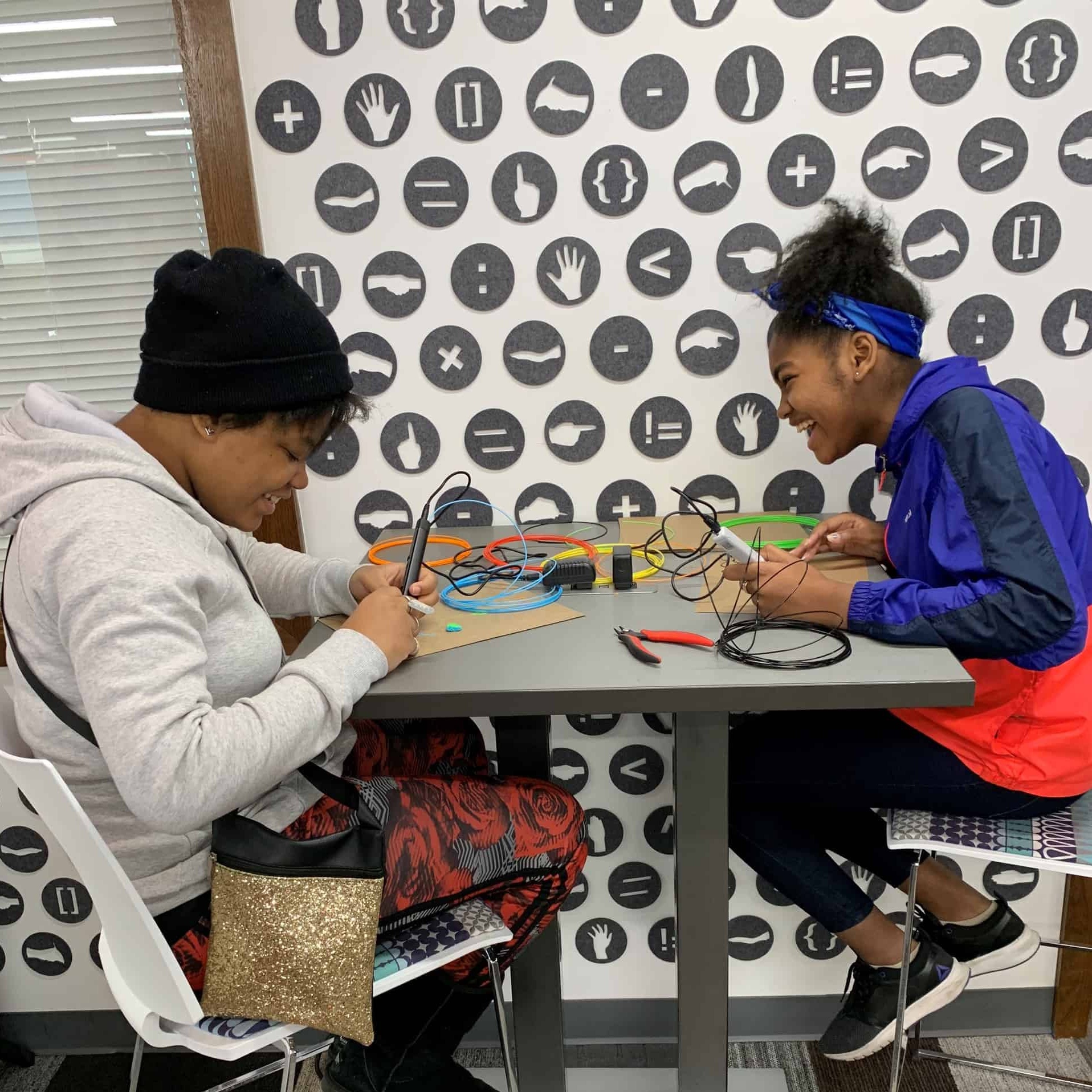May 2019
A Tale of Two Chicagos
How The Reagent Project is helping support STEM education for students on Chicago’s South and West Sides
Neighborhood schools on Chicago’s South and West Sides are often known, when they are known at all, for gun violence and/or for closing. At Harper High School in the South Side’s Englewood neighborhood, for example, 29 current or former students were shot in the course of one year. Then last year, the Board of Education voted to close it down. But these facts are just one part of a larger cause and effect tale.
Courtesy of Project Exploration.
In Englewood, the medium individual income is $19,854, not far above the poverty line. And in America, public school funding is dependent on a neighborhood’s tax base, so the lower the median income, the less well-funded the schools. And the less well-funded the schools, the fewer opportunities students subsequently have to break out of poverty—especially re: STEM education, which often requires pricy equipment and teacher training.
In 1999, Project Exploration set out to break the cycle by providing quality STEM programs for students throughout the South and West Sides of Chicago. “Our program give students the opportunity to gain exposure to topics they never knew held possibilities for them,” says Kamentha Pillay, Operations Director of Project Exploration. “Many of our alumni state that their participation in our programs changed the trajectory of their lives.”
Today, Project Exploration reaches more than 400 middle and high school students annually. And while the staff regularly take students on field trips and to meet STEM professionals (including some of those alums), the organization is still working to build up their own cache of lab equipment for hands on work.
“This makes a huge impact in their lives by allowing them to dream bigger dreams.”
Standing in the suburban community of Naperville, the South Side feels a world away. Naperville has a medium household income of $105,585 and contains the nation’s number one ranked public library. It’s also home to Rasmussen College.
Recently, Julie Lawrence, Rasmussen’s Academic Dean, discovered that with more and more of the college’s classes offered online, they had more and more lab equipment sitting idly about. In particular, she wanted to find a new home for a gently-used Esco Laminar Flow Hood. “[The hood] was in very good condition—and sadly would have ended up in a landfill,” she says.
Courtesy of Project Exploration.
Luckily, instead of a disposal service, she contacted The Reagent Project (TRP). TRP sent out a STEM bat-signal to over 15 organizations and community colleges all over the Chicago area whose mission aligned with our own: to level the playing field in science. That’s how we found Project Exploration and facilitated the equipment exchange. And with that, Naperville and the South and West Sides united—like reagents—to create a transformative reaction for Chicago. “We will be able to use the Laminar Flow Hood in a variety of age-appropriate experiments,” says Kamentha. “Students will be able to grow cultures and more!”
Because Laminar Flow Hoods are very cool—crucial for maintaining germ-free zones, the students can perform an experiments with the same equipment used by scientists—not like a kid say stabbing at a formaldehyde-soaked frog. “This makes a huge impact in their lives by allowing them to dream bigger dreams,” says Kamentha
“To have the opportunity to provide a valuable learning experience to a traditionally underserved population is truly humbling—a one of a kind experience that we wish we could do more of,” says Julie.
Well, feel free to give TRP a ring anytime!


